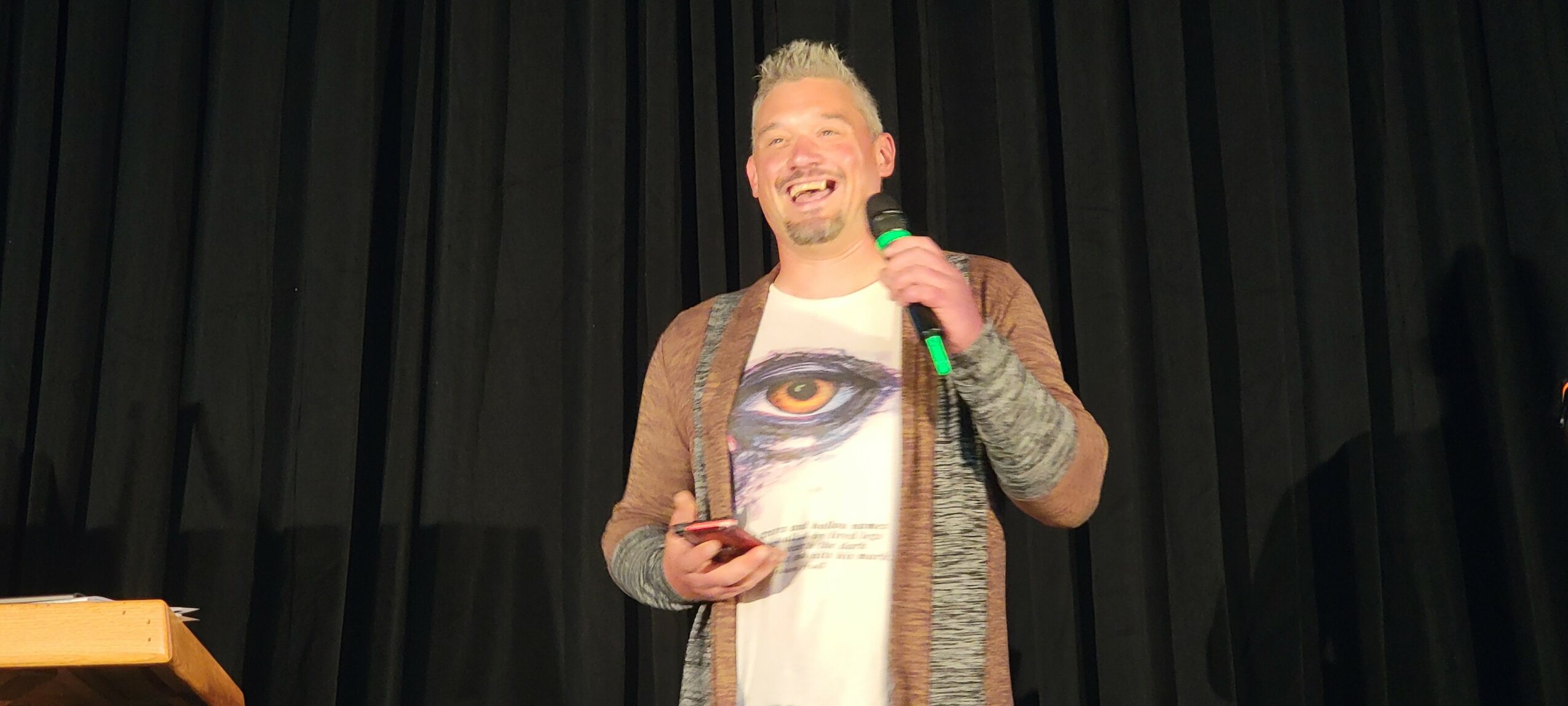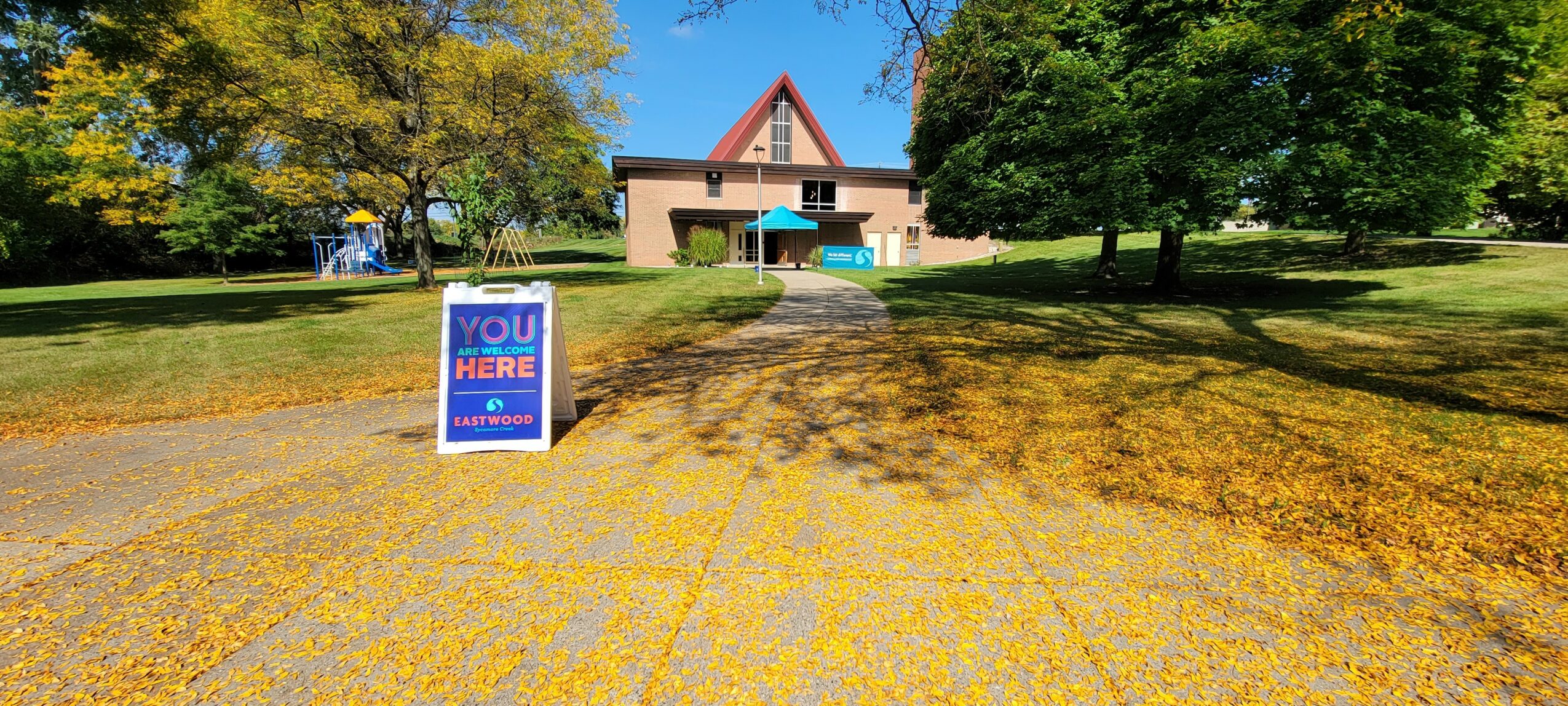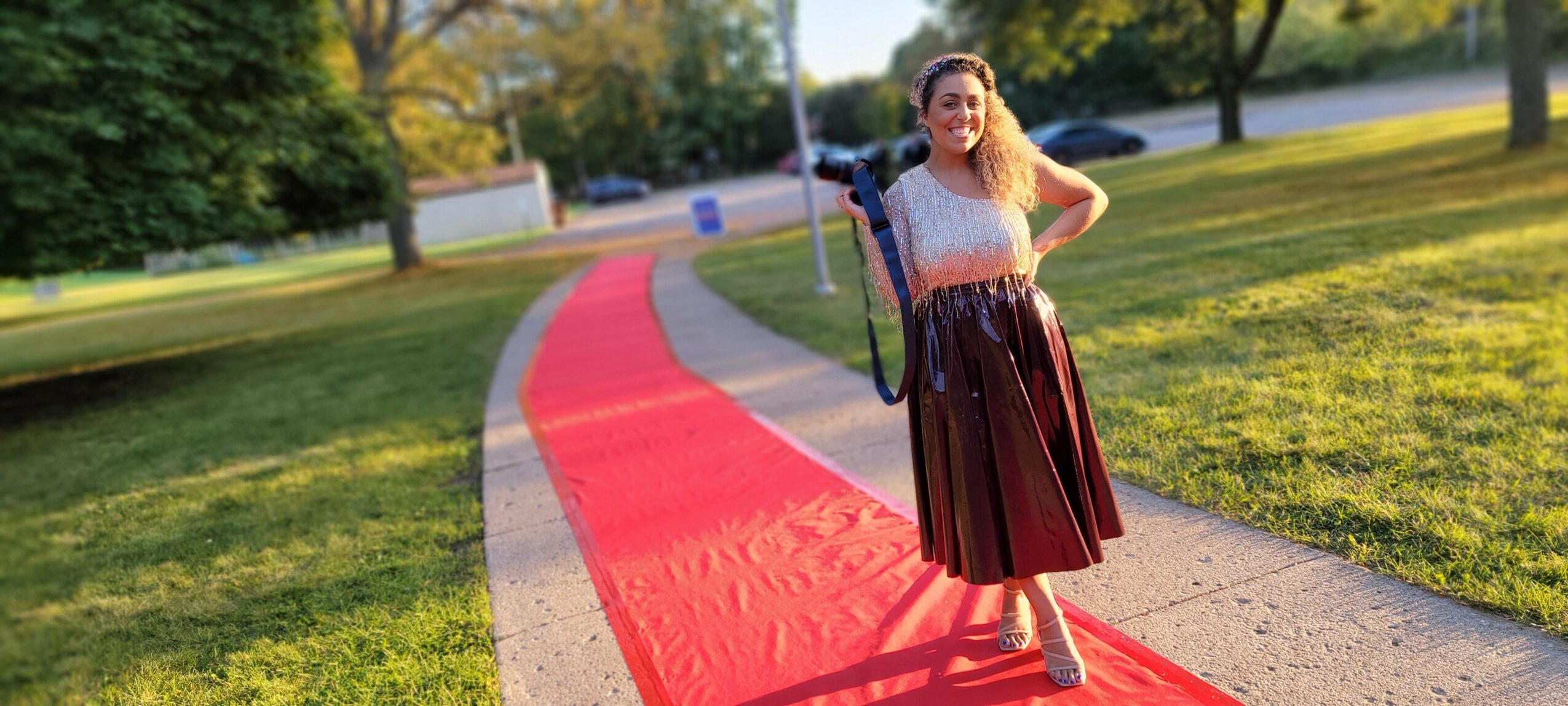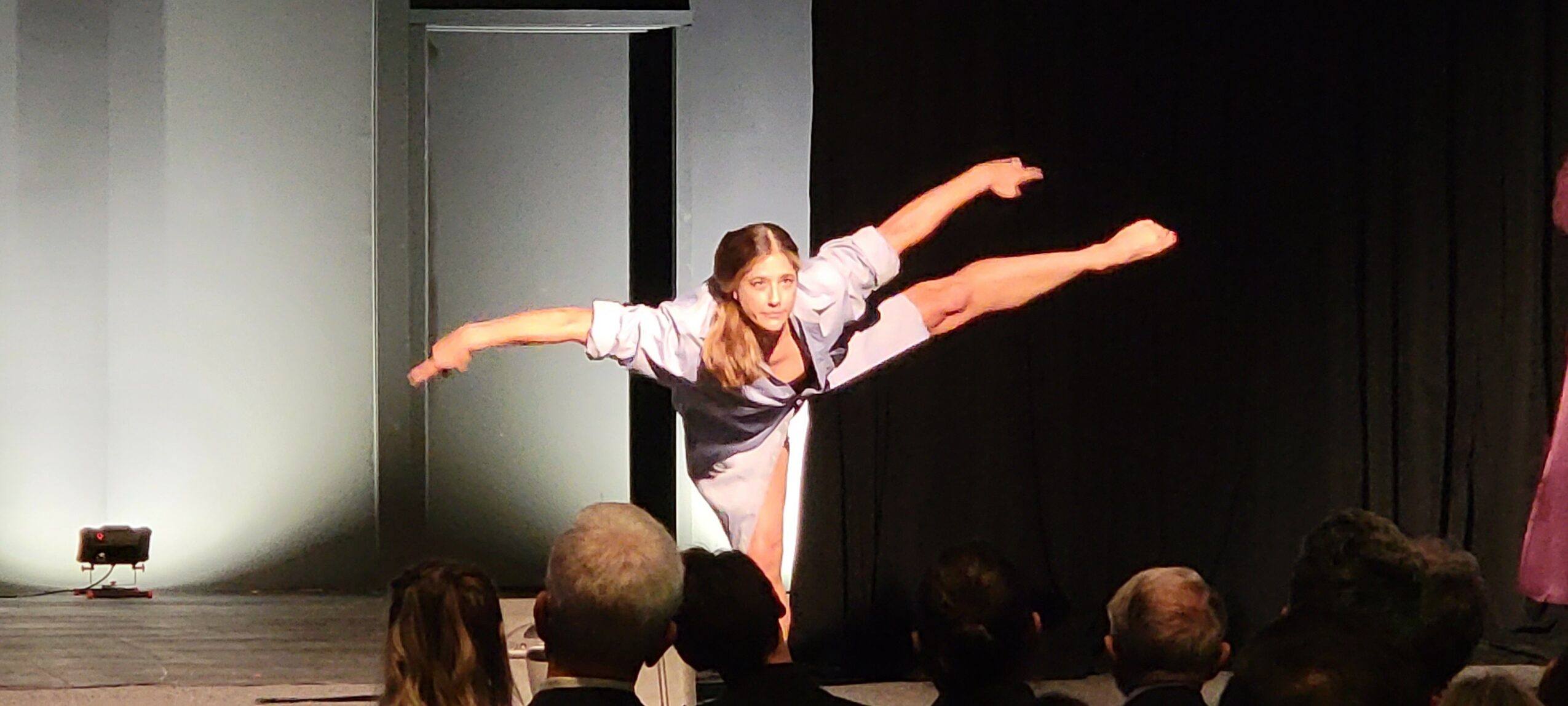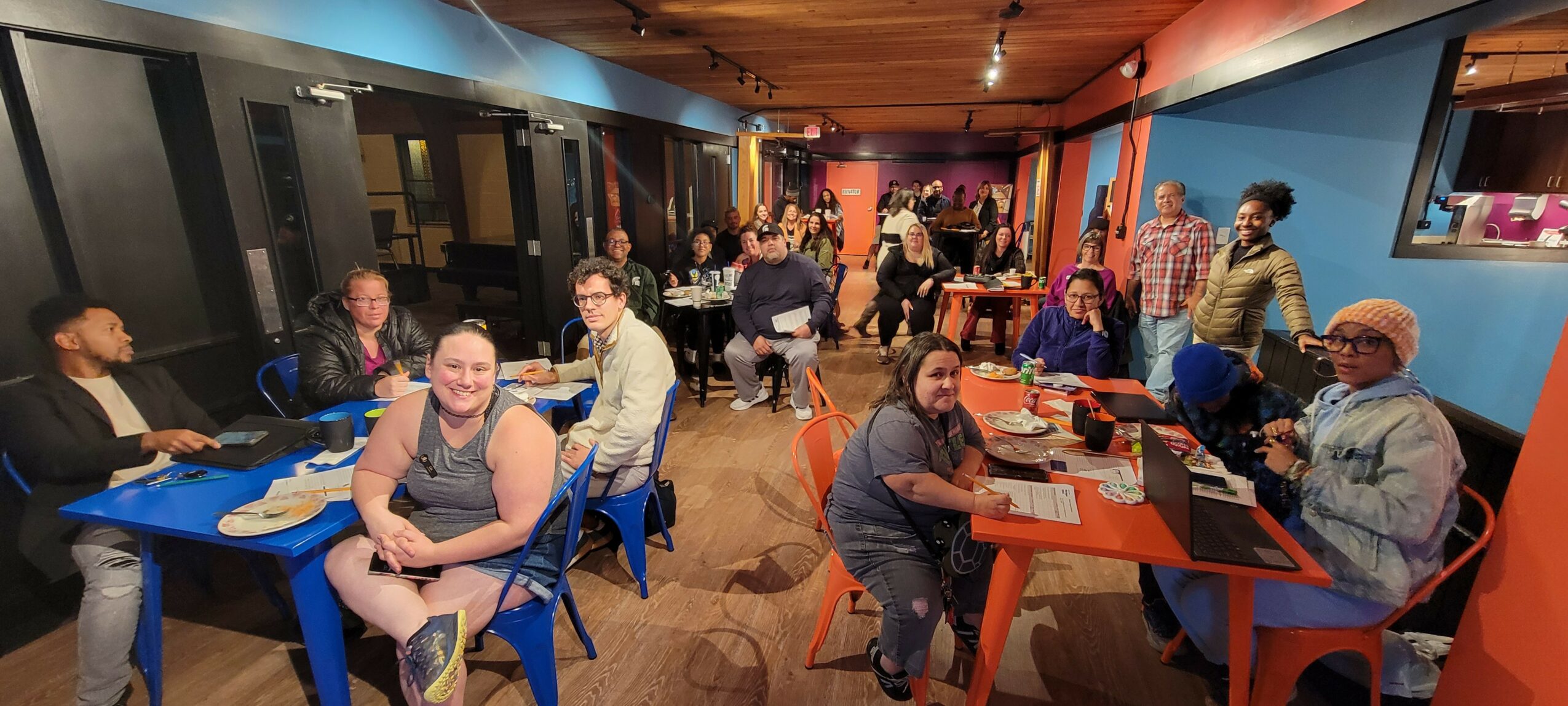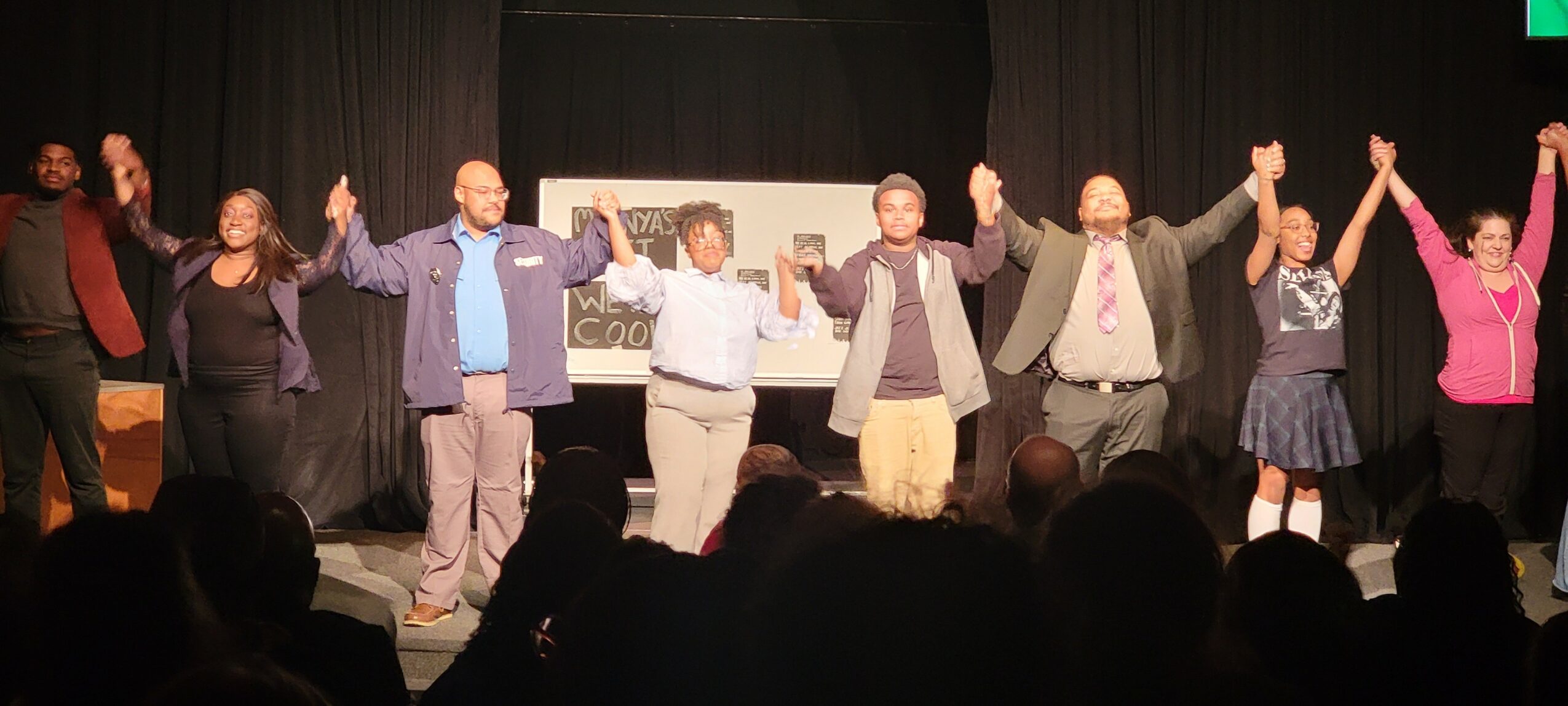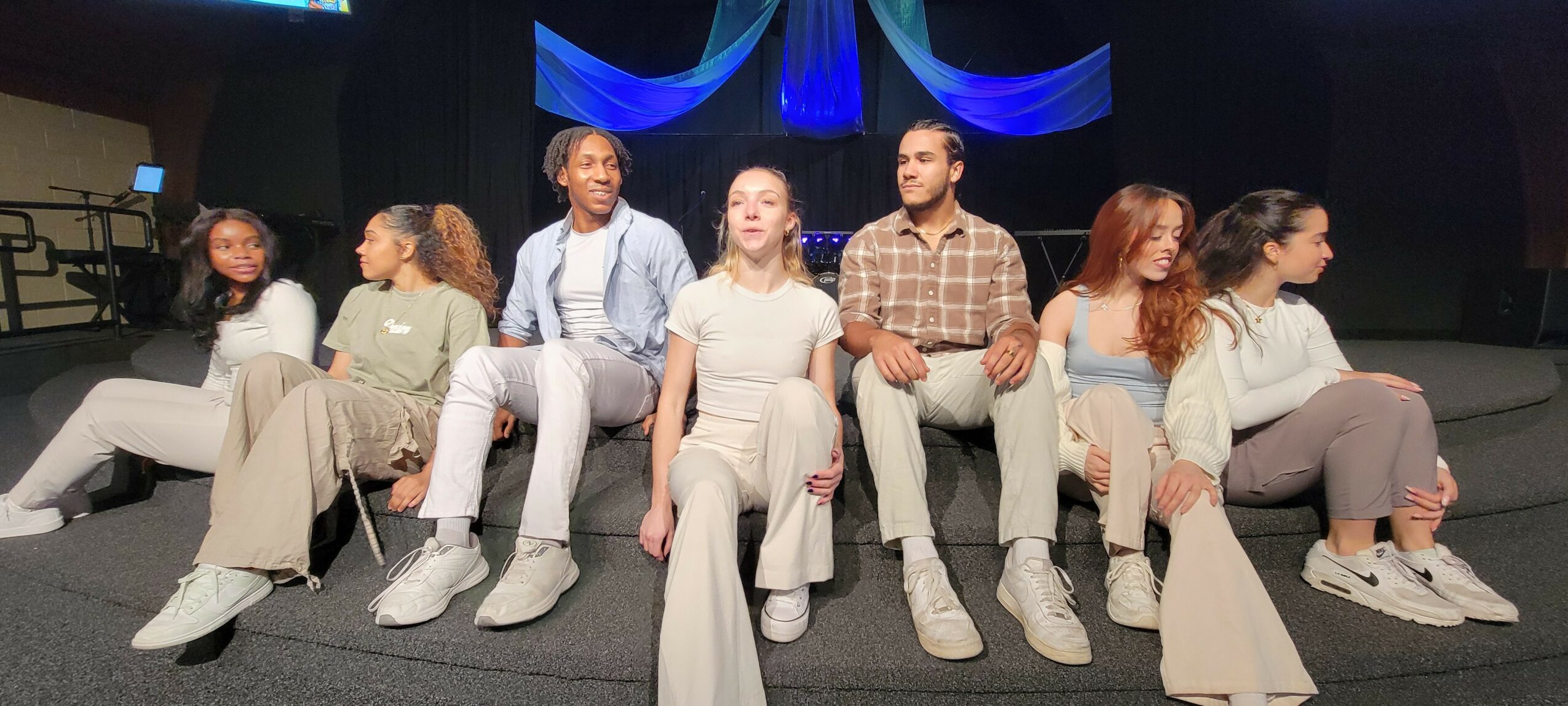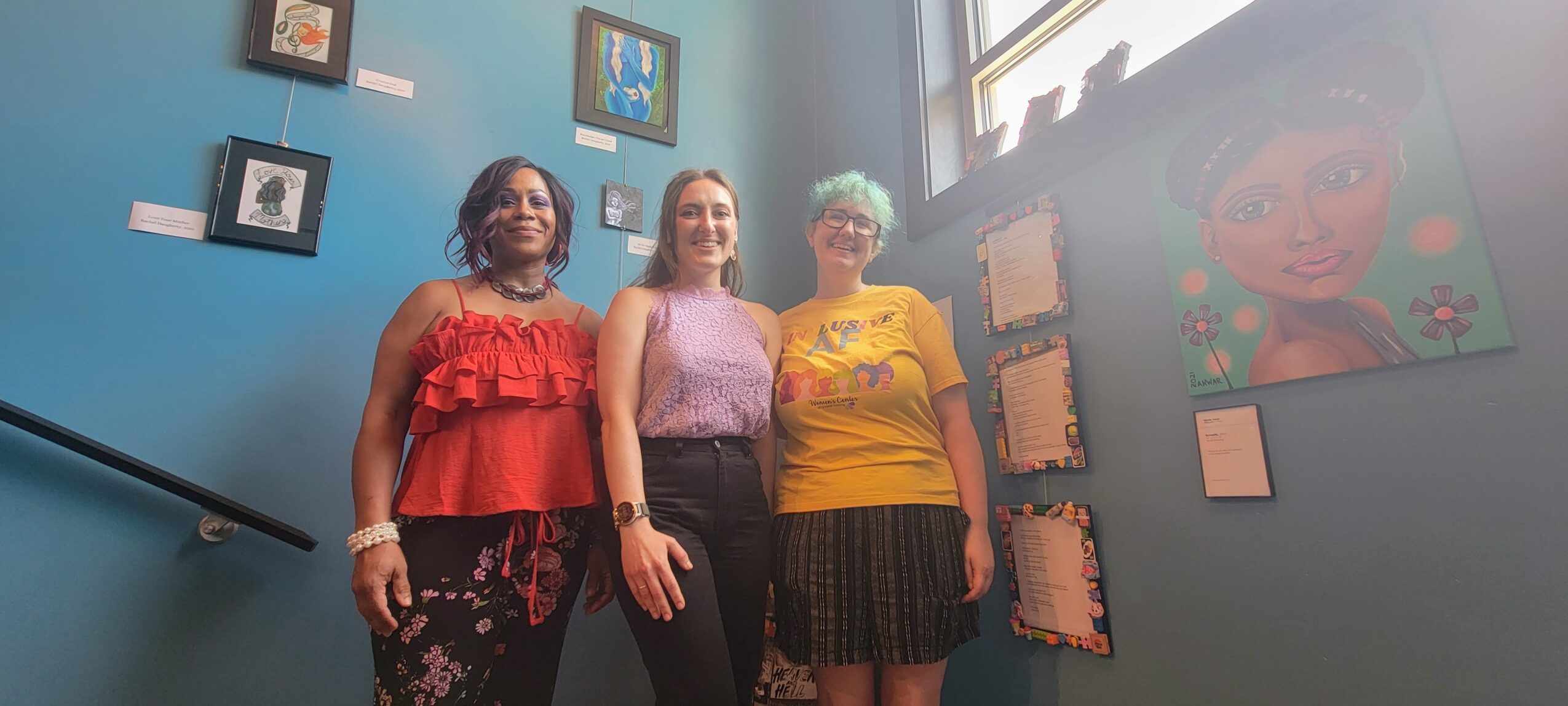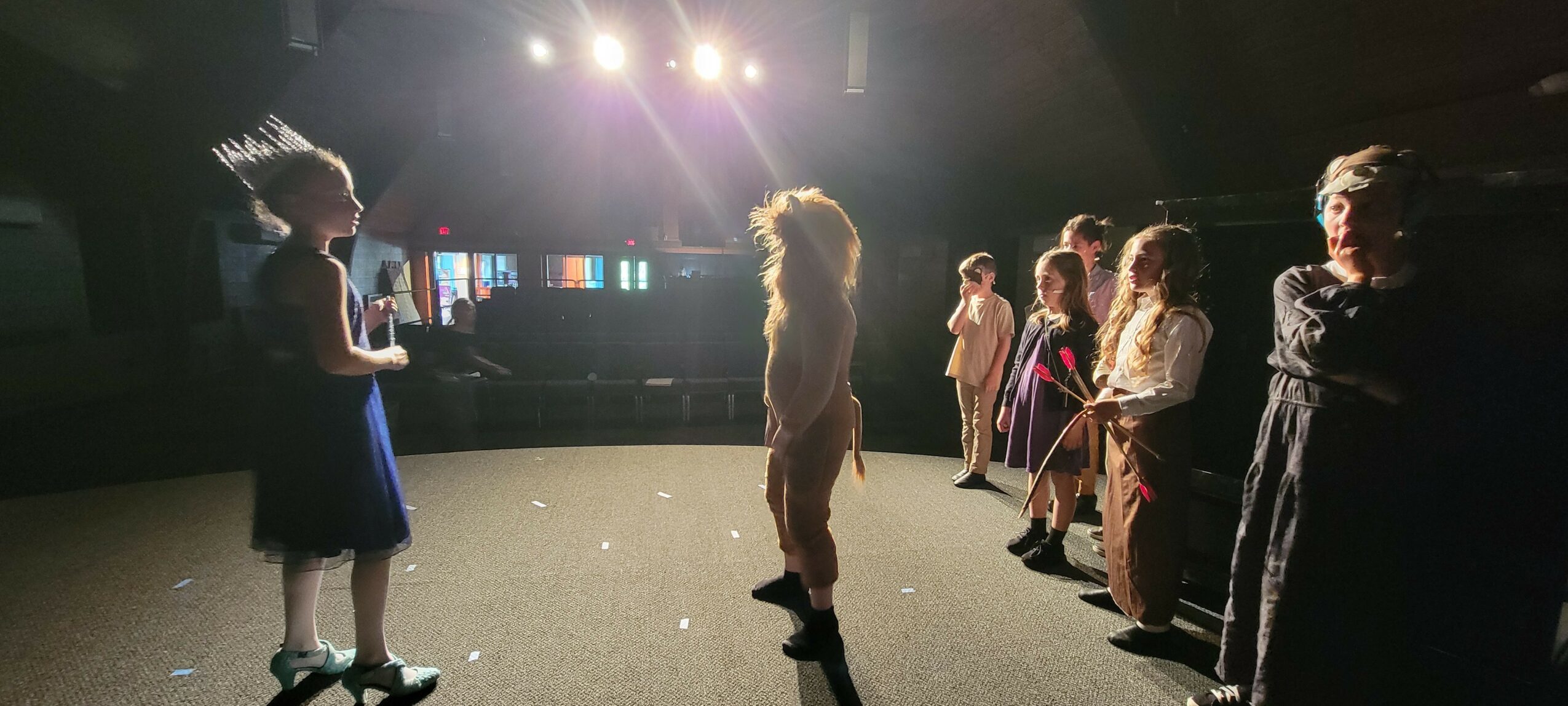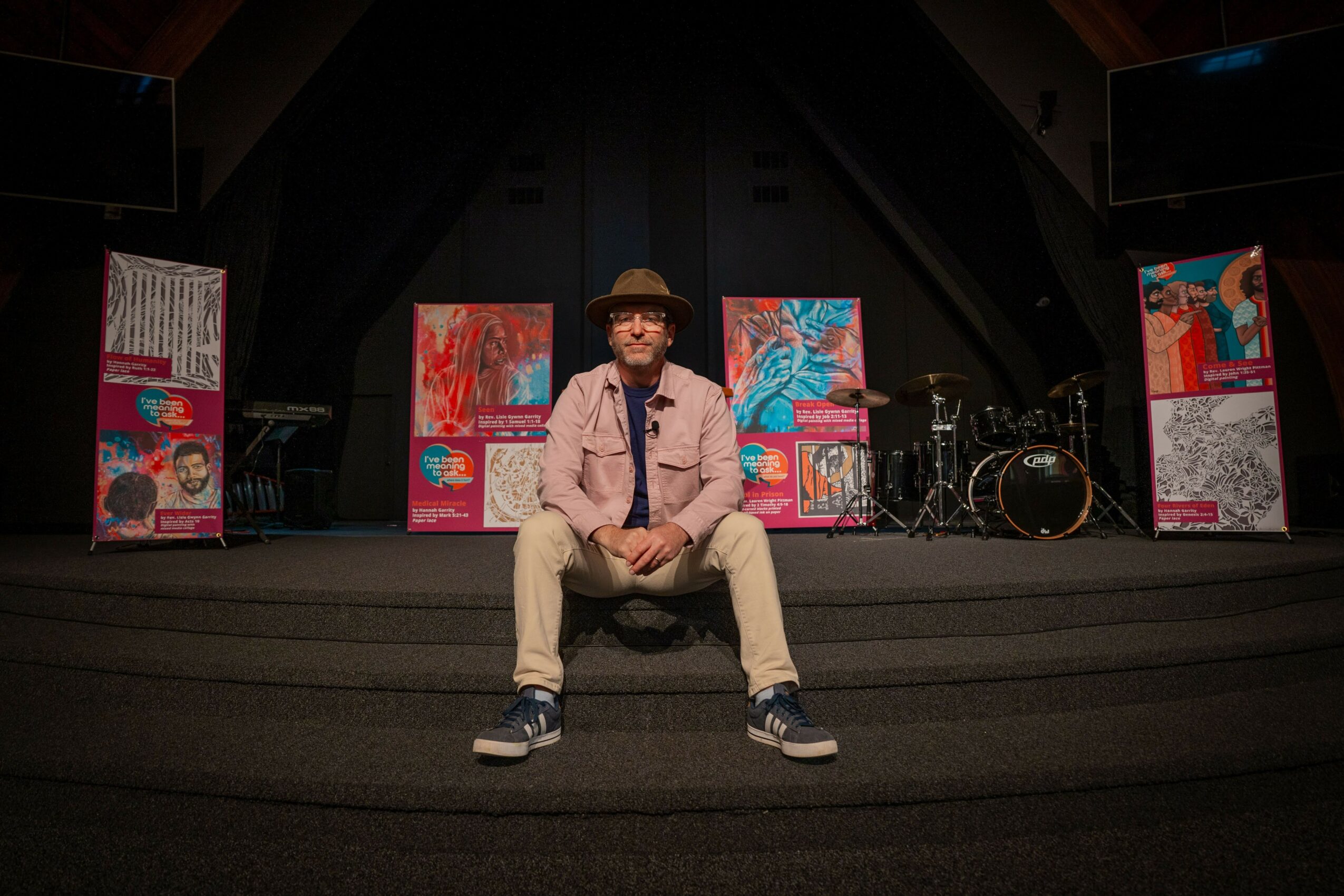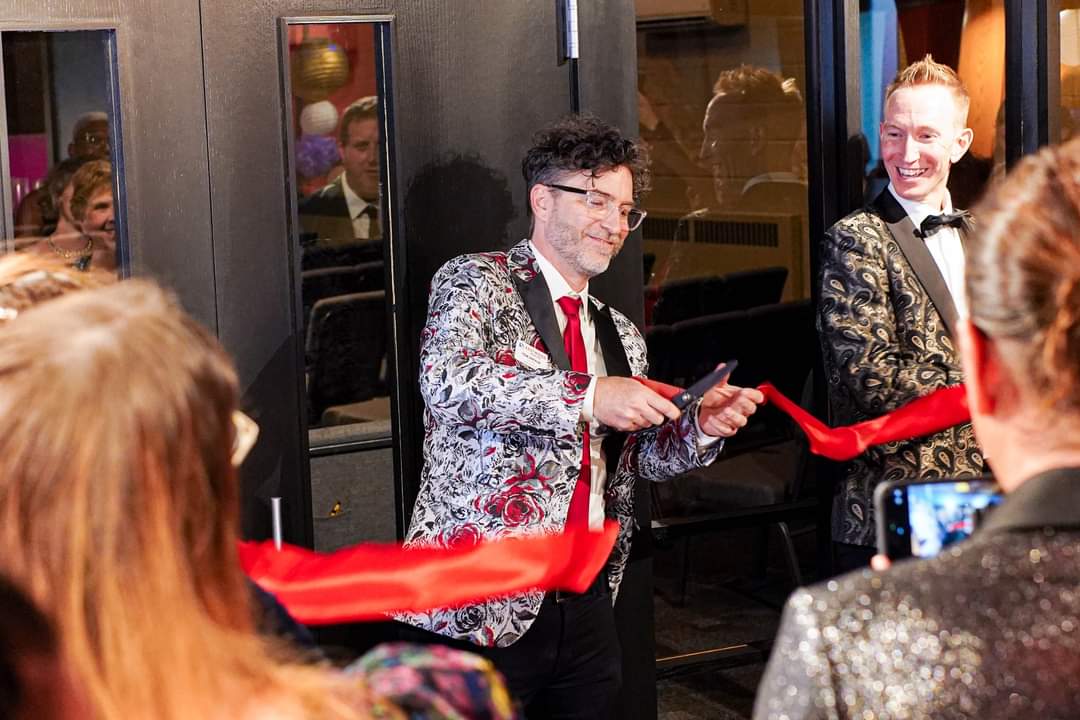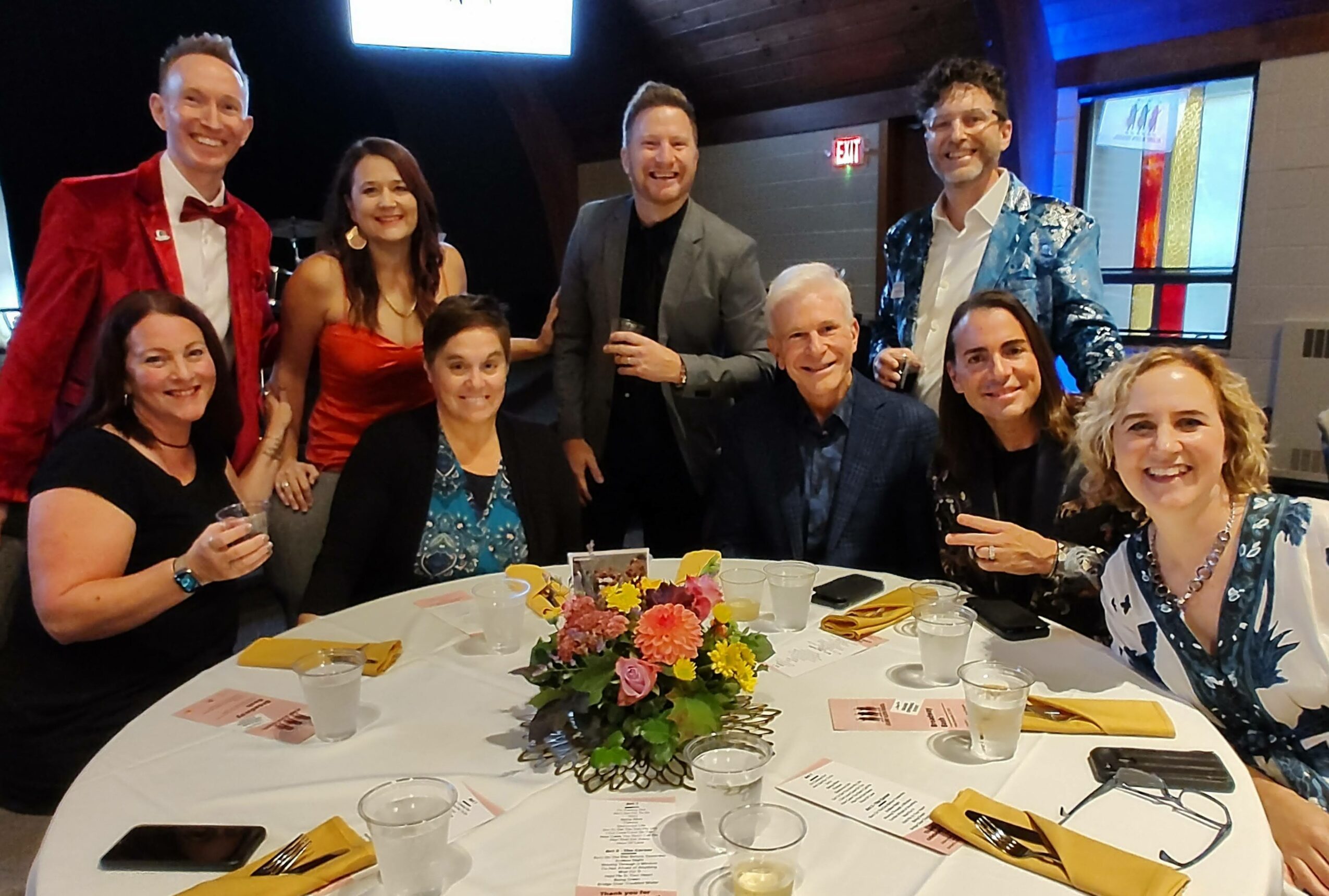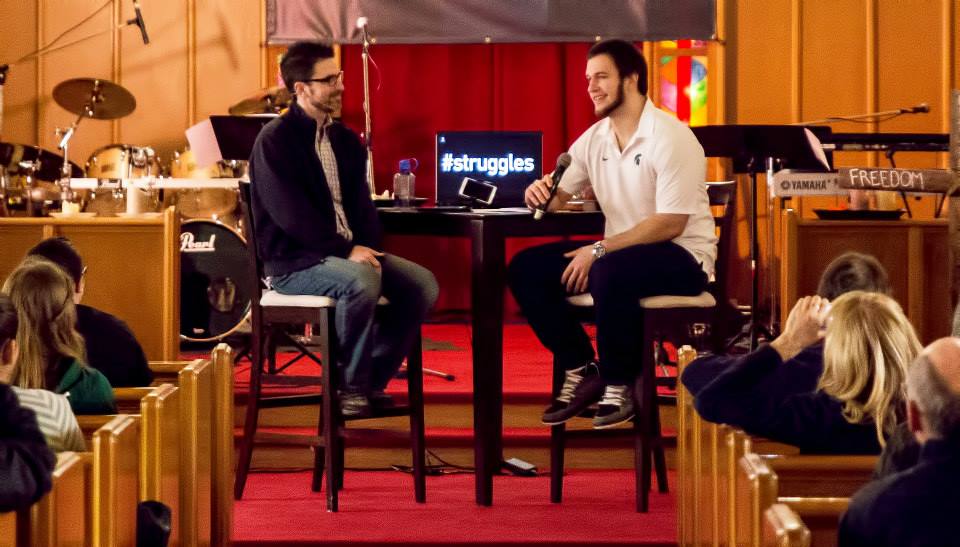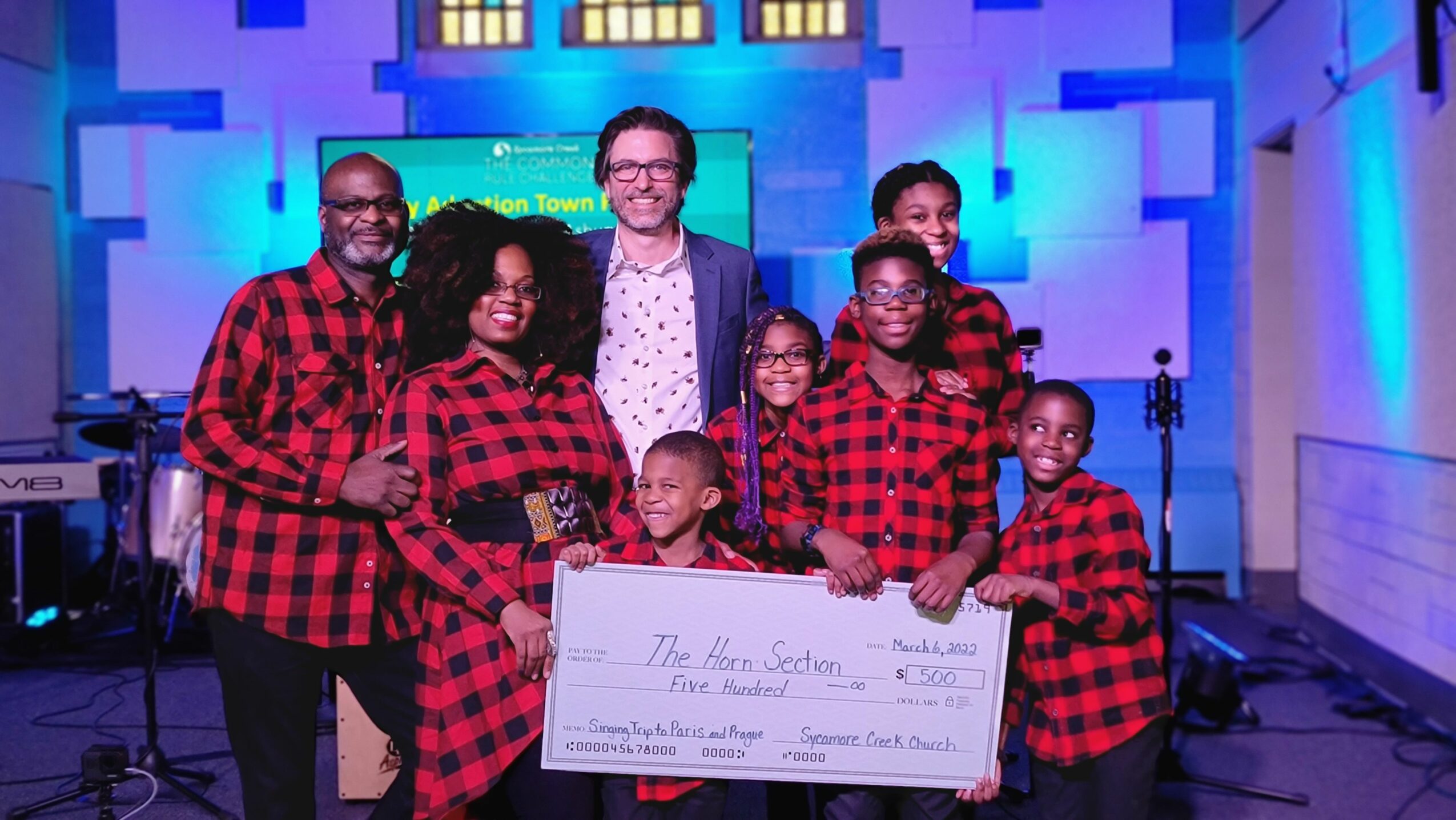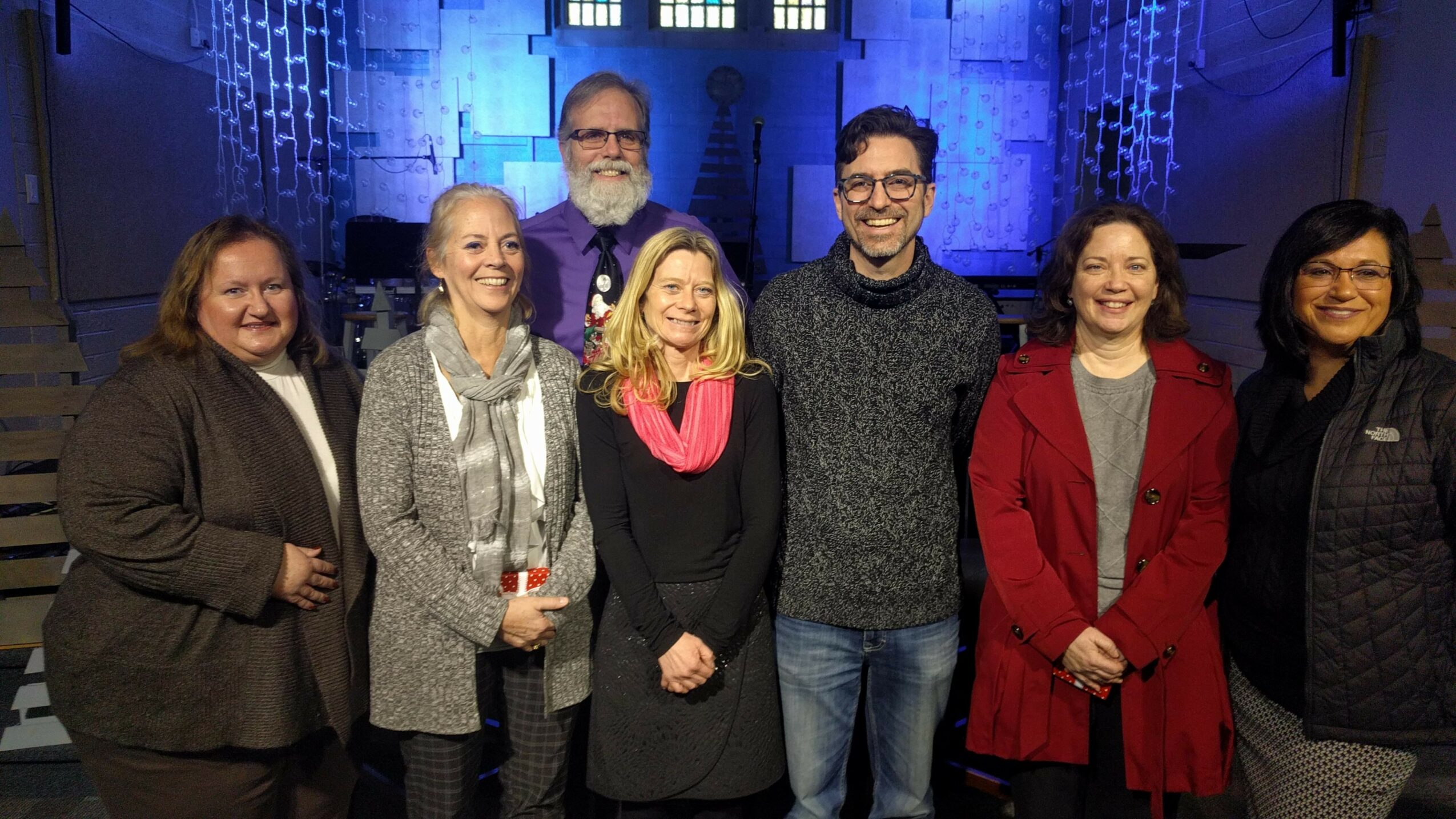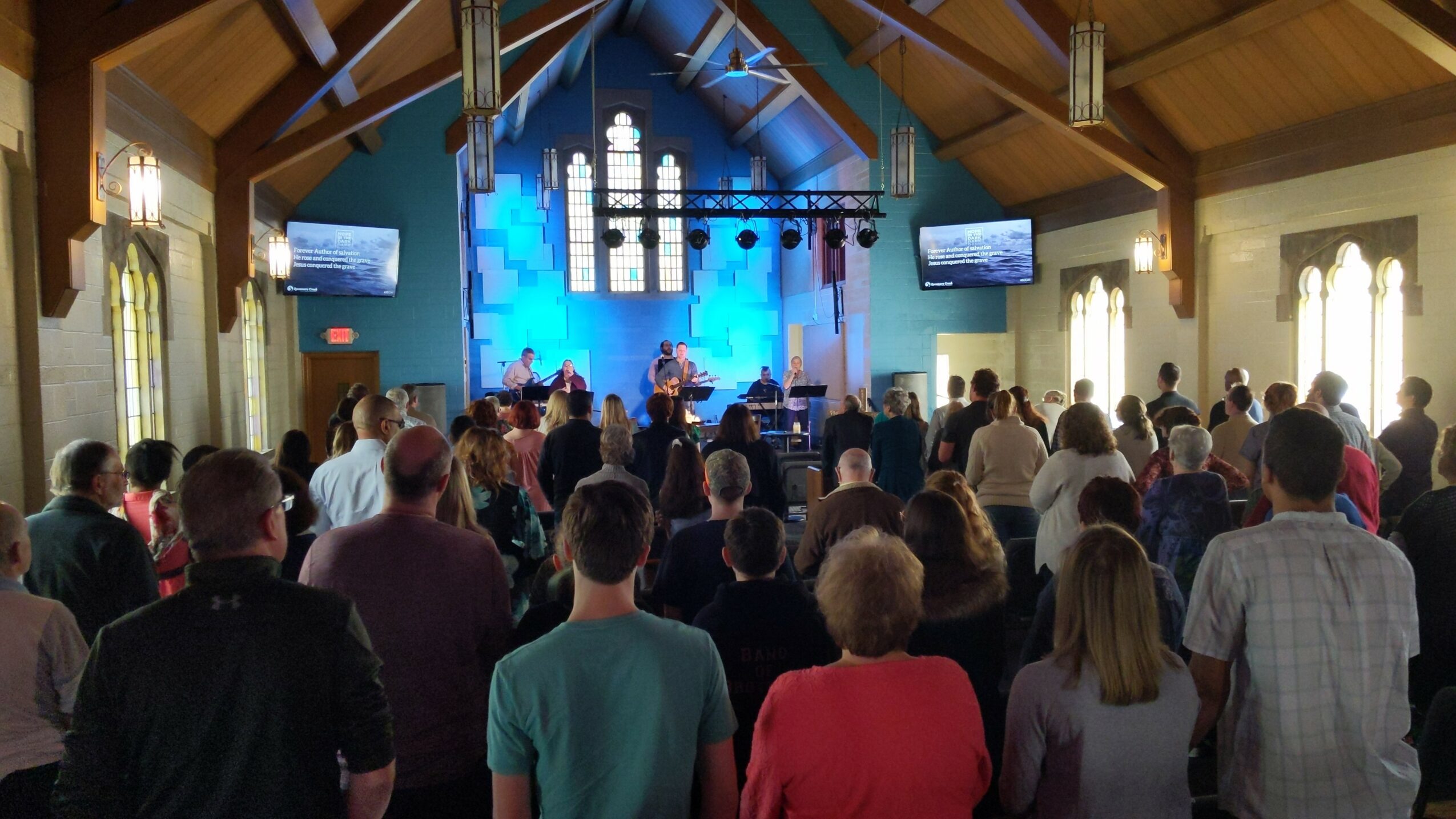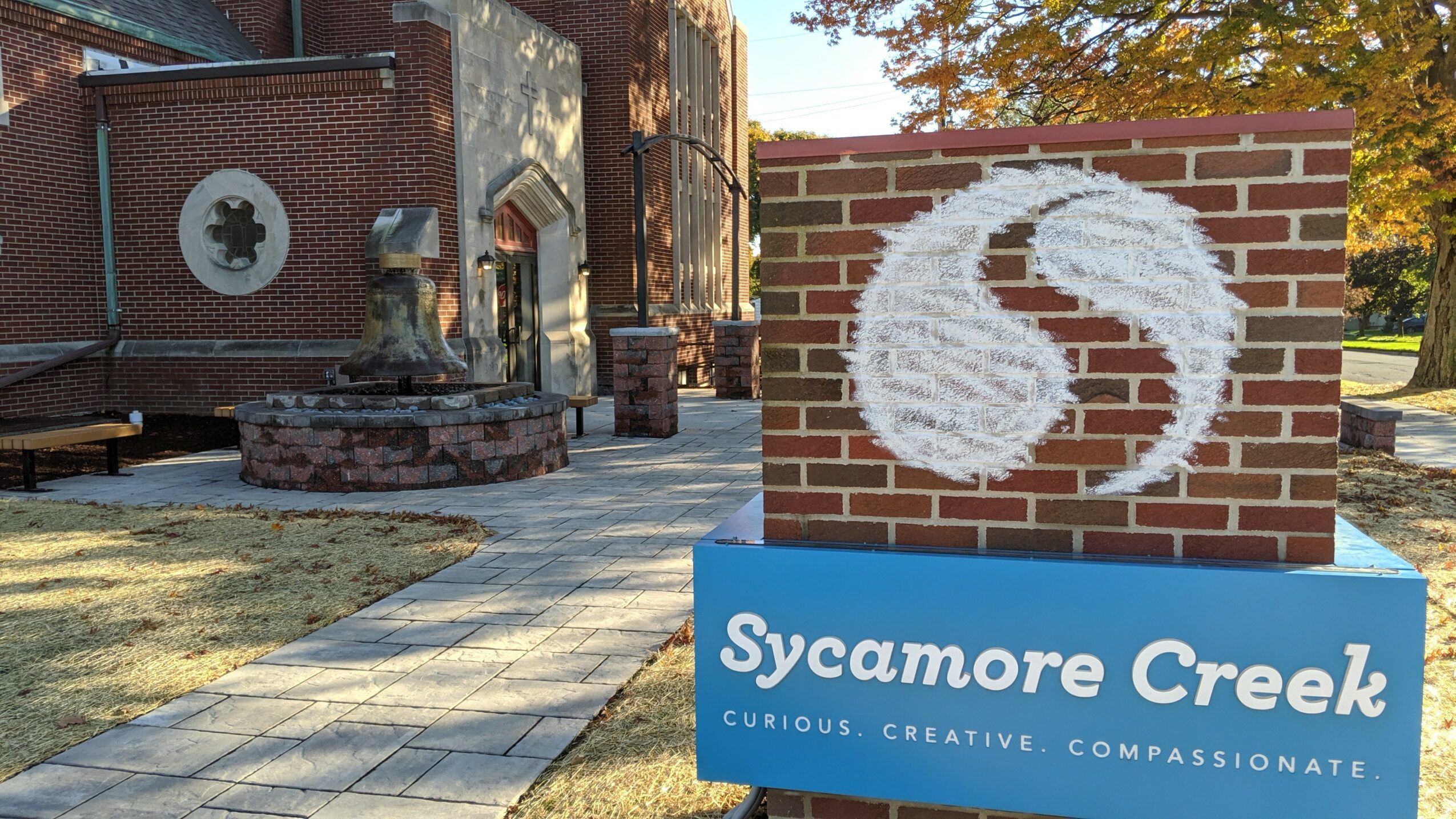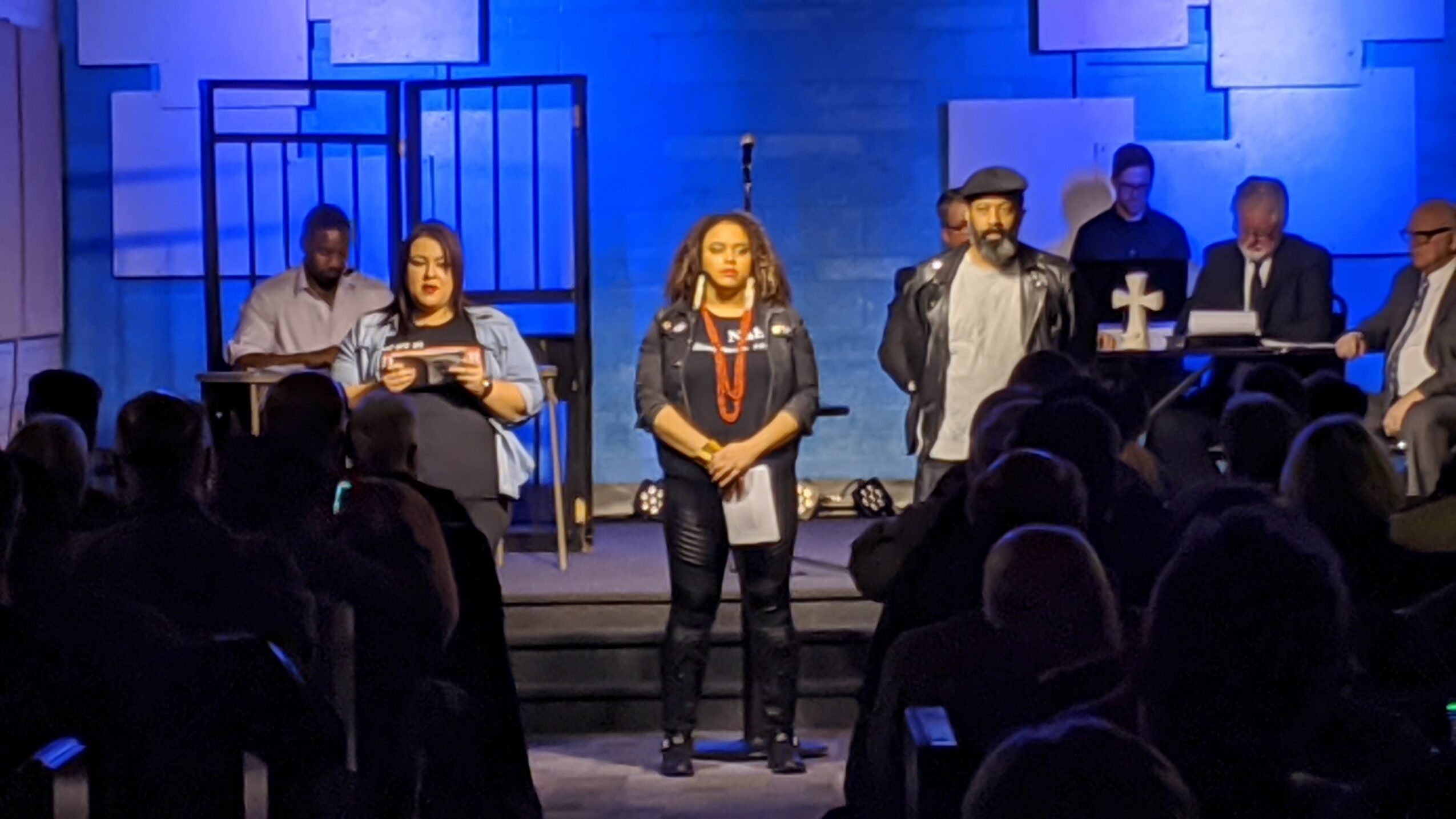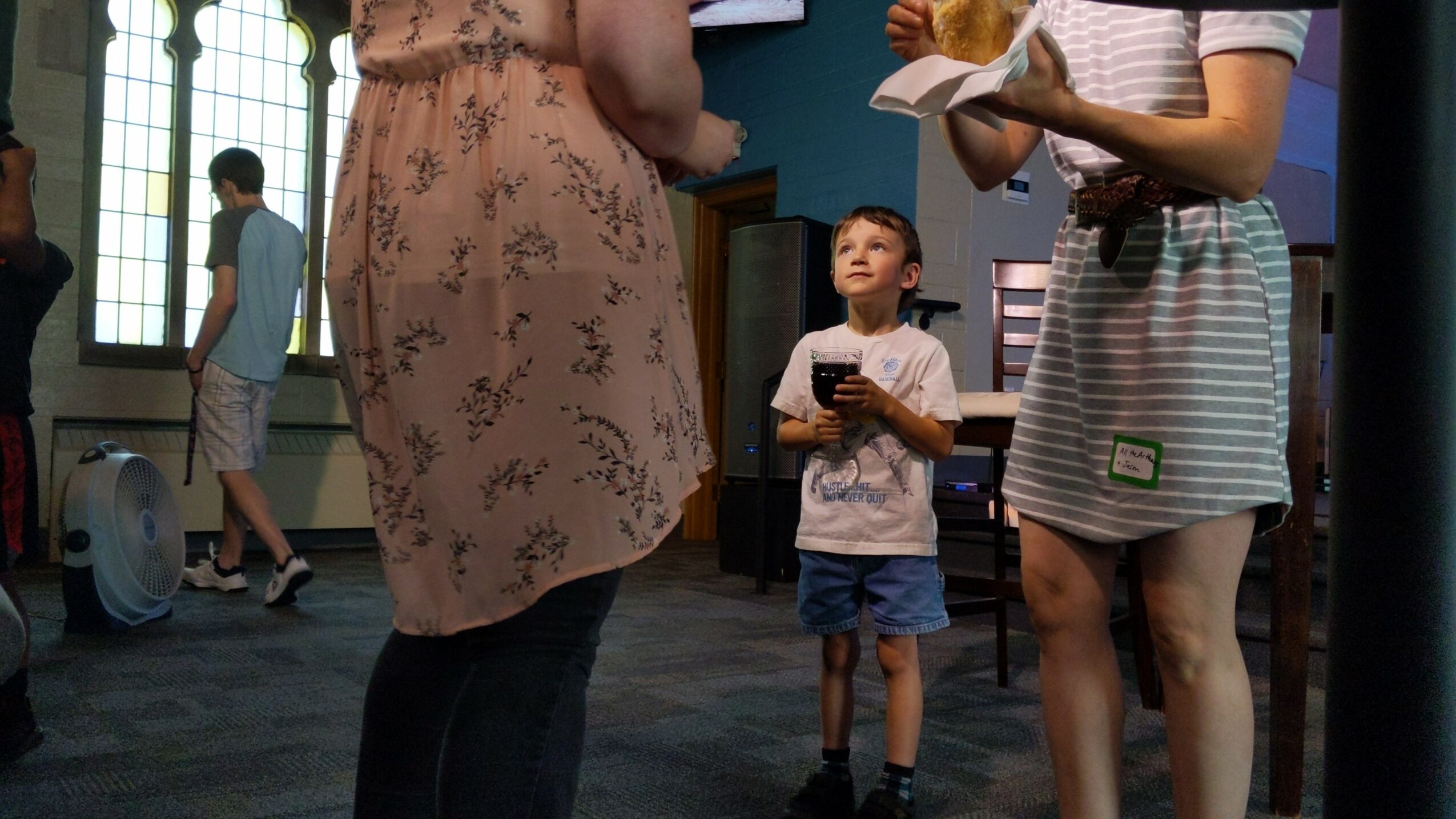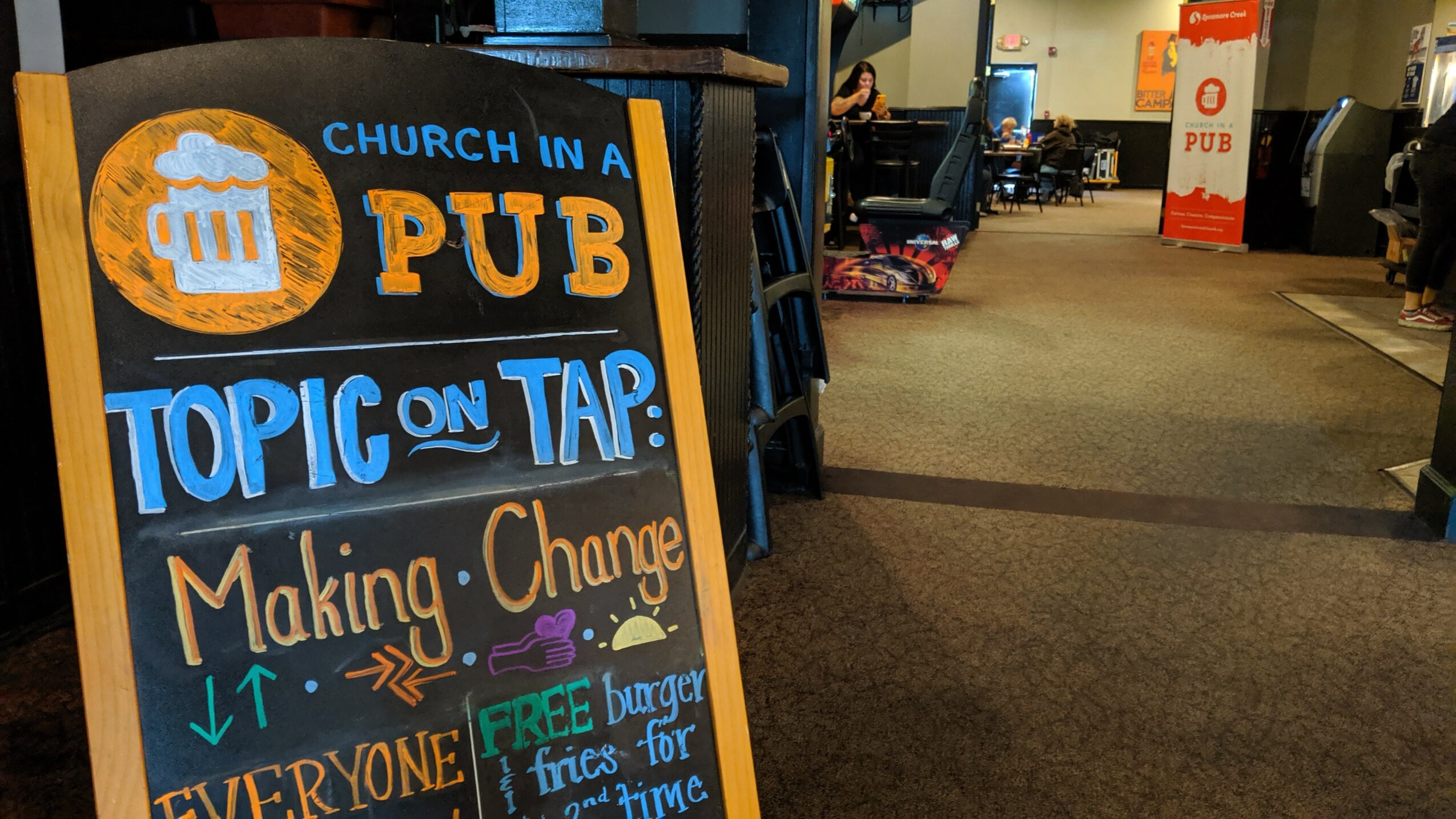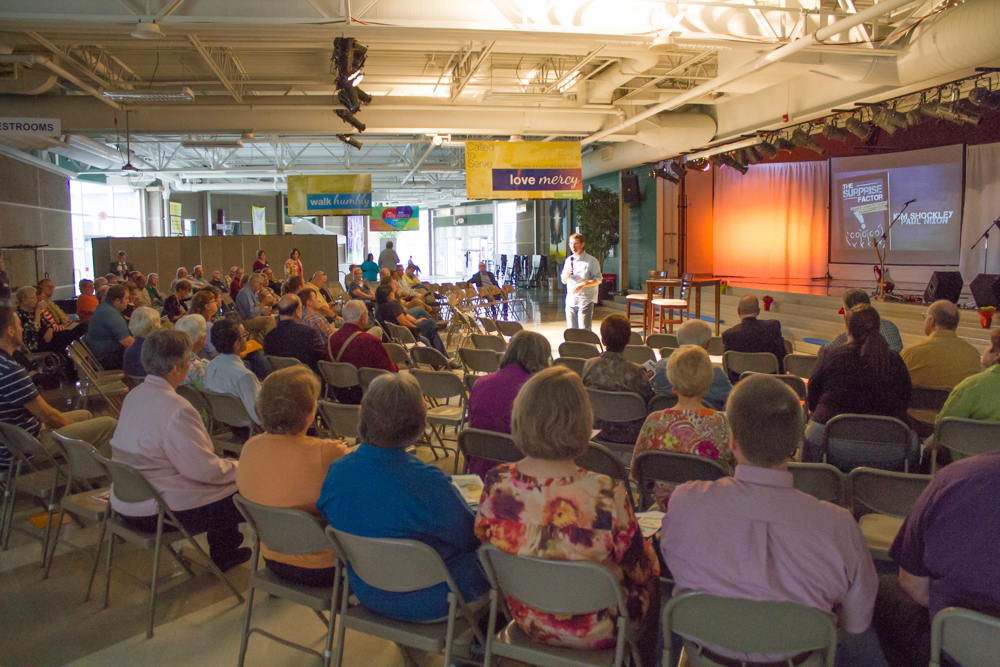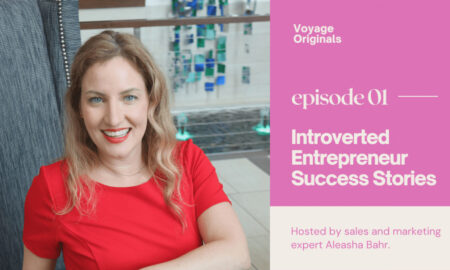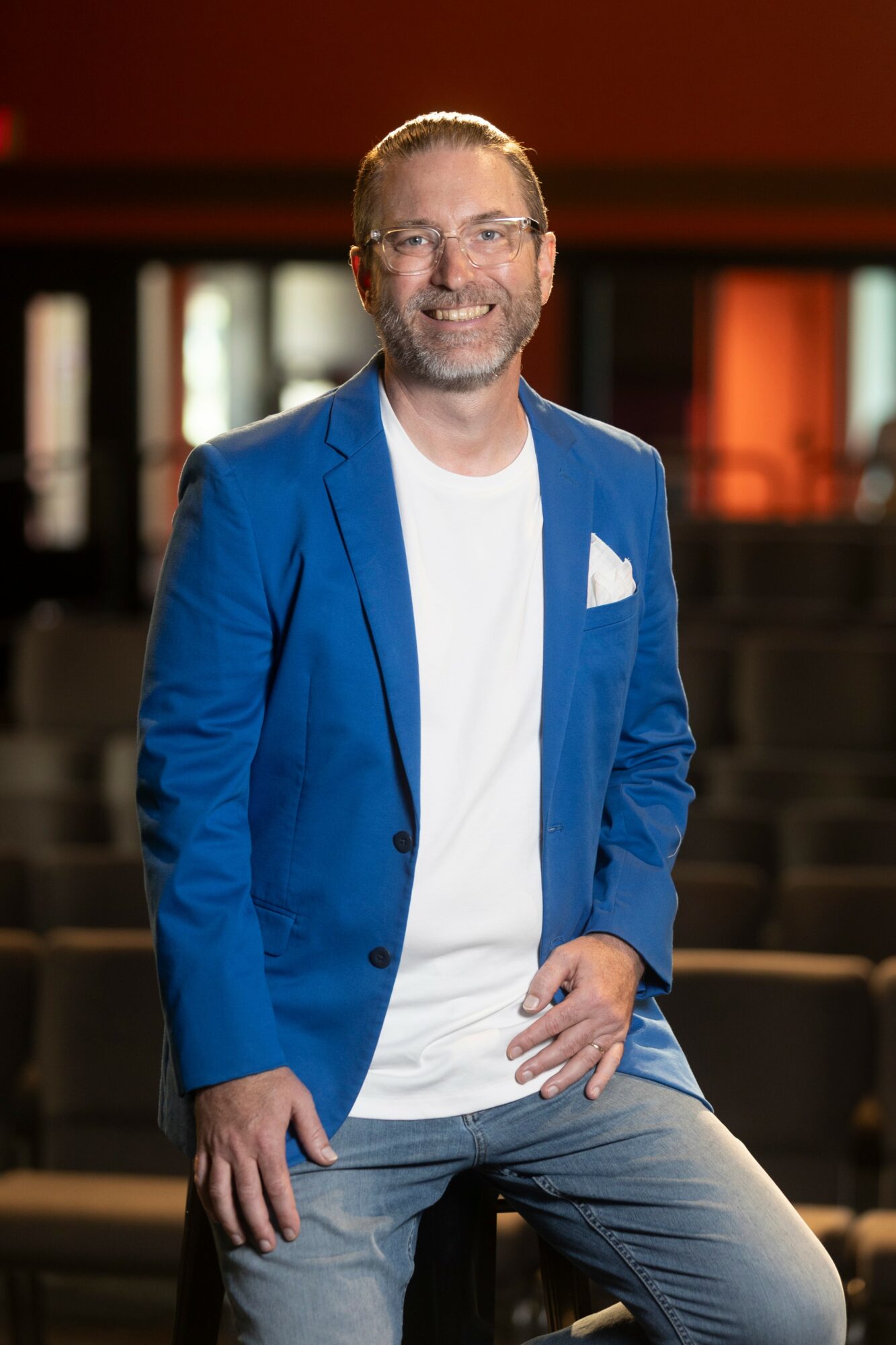

Today we’d like to introduce you to Tom Arthur.
Alright, so thank you so much for sharing your story and insight with our readers. To kick things off, can you tell us a bit about how you got started?
I grew up in Indianapolis in a family of entrepreneurs, so building things from the ground up is in my DNA. My first job was helping open a Fazoli’s — learning firsthand how teamwork, risk, and vision turn an empty space into something that brings people together. Around that same time, I was a DJ on my high school radio station and helped produce a documentary about gangs in Indianapolis that went on to win state. I also fell in love with photography — an art form I continued studying alongside psychology at Wheaton College. Those early passions for storytelling, images, and community still shape how I lead today.
After earning my Master of Divinity from Duke, I came to Lansing to serve Sycamore Creek Church in 2009. At the time, the church didn’t have a building — we met in a school gym and imagined what the church could look like if it lived fully in the community. Along the way, we launched creative experiments like **Church in a Diner** and **Church in a Pub**, meeting people where they already gathered. Eventually, we purchased our first building and later adopted Potterville United Methodist Church and Asbury United Methodist Church, which became our second and third campuses.
Today, Sycamore Creek isn’t a mega-church — it’s three smallish, healthy, flourishing congregations that serve their neighborhoods with creativity and compassion. Our newest campus, **Stage One**, is a performing arts and kitchen incubator where faith, art, and entrepreneurship meet. It’s become a home for artists, chefs, and dreamers building something new in Lansing.
Beyond church life, I’m an avid theater-goer and pop culture enthusiast, always curious about how creativity connects people. Years ago, I co-founded the C.S. Lewis Festival in northern Michigan, now in its 23rd year — a celebration of imagination and story that continues to inspire me.
At heart, I’m still that kid with a camera and a microphone — trying to tell better stories, build community, and spark imagination wherever I can.
I’m sure it wasn’t obstacle-free, but would you say the journey has been fairly smooth so far?
It definitely hasn’t been a smooth road — more like a winding one with a few potholes and some unexpected beauty along the way.
When I arrived at Sycamore Creek in 2009, the church was struggling. I was only its second pastor, which can feel a bit like stepping into a startup after the founder leaves. The church had done well in the past, but by the time I came, it was fighting to find a foothold again. Building trust with a community that had already weathered ups and downs was slow, patient work.
I remember being at a conference for second pastors in my third year. Someone asked what skill was most needed in that role, and the speaker said, “Thick skin.” That landed. By my second year, I found myself in my district superintendent’s office, in tears — maybe even sobbing — because things weren’t going well. I told him, “If this doesn’t turn around in the next year, you might need to put someone else here.” Thankfully, that next year, things did turn around. We launched Church in a Diner, and it was so successful that it helped rebuild trust and gave people the sense that some of my “crazy” ideas might just work after all.
Money and buildings have also been ongoing challenges. We’ve adopted old church buildings that are full of history and character — and in some cases, deferred maintenance. Old churches are like old McDonald’s restaurants: in business, you’d tear the building down, take out a loan, and rebuild from scratch. But in a church, you have to first convince people that the remodel is worth doing, then raise the funds to pay for it, and finally design something that feels fresh and welcoming for today’s world — not just a nostalgic update of the past. That process has tested every creative and pastoral muscle I have.
There have also been plenty of human struggles — staff transitions, burnout, differing visions, and all the cultural turbulence of the past few years. Ministry is people work, and people work is always complex.
But the hardest season for me personally came in 2018. That year, my wife was diagnosed with breast cancer, and I lost both my dad and stepmom. I was scheduled for a sabbatical — and I took it — but it was not the rest I had planned. It was a time of deep grief and reflection. I learned a lot about my limits, about resilience, and about what it means to keep leading with gentleness when life breaks your heart.
Through it all, the road hasn’t been smooth — but it’s been worth walking. Every struggle has deepened my empathy, my creativity, and my sense that faith isn’t about avoiding hardship. It’s about finding purpose in the middle of it.
As you know, we’re big fans of you and your work. For our readers who might not be as familiar what can you tell them about what you do?
In many ways, I’ve spent my life working with artists more than being one myself. My art is the art of convening — helping creative people collaborate, flourish, and bring something new into the world. I’m a creative visionary at heart, but also a steady administrator who can hold space for lots of different personalities and perspectives. Working with artists can sometimes feel like herding cats — beautiful, talented, strong-willed cats — and part of my job has been learning the soft skills it takes to help everyone move in the same direction without losing their individuality.
That skill goes all the way back to high school. I was a DJ on my school’s 500-watt radio station, and our small team created a documentary about gangs in Indianapolis that went on to win state. I wasn’t the voice talent — I was the behind-the-scenes producer, stitching together interviews, narration, music, and real stories on literal reel-to-reel tape. It taught me that collaboration is an art form — pulling together all those moving parts into something coherent and powerful. That same impulse shows up in everything I’ve done since.
One of my proudest projects is co-founding the C.S. Lewis Festival in northern Michigan. It began when three different creative threads landed in my lap: a PBS filmmaker, a one-man stage play, and my wife, Sarah Arthur, who had just written a book about Narnia. Rather than host it in a church, we partnered with the Crooked Tree Arts Center, and by the end, what started as a weekend idea had become a month-long, city-wide collaboration with 11 partner organizations and 19 events. It was a convergence of faith, art, and education — and it’s now celebrating its 23rd year. That project taught me how to dream collaboratively, how to fund something sustainably, and how to step back and let others shine.
These days, that same creative leadership shows up at Stage One, our performing arts and kitchen incubator at Sycamore Creek Church. I love helping artists and entrepreneurs find their footing — giving them a platform, a bit of structure, and a community that believes in them. I’m still a photographer by training, and when I can, I join the Lansing Photo Meetup group — just me, my iPhone, and an eye for light and story. Whether it’s a photo, a festival, or a faith community, I see it all as the same creative work: helping people see beauty and possibility right where they are.
Are there any apps, books, podcasts, blogs or other resources you think our readers should check out?
There are honestly too many to list, but a few stand out. I’ve tried just about every productivity app out there, but in the end, I built my own system — a simple table in a Google Doc. It’s not fancy, but it works the way my brain works.
In terms of books, Switch: How to Change Things When Change Is Hard by Chip and Dan Heath has been a long-time favorite, as has Brian Tracy’s Eat That Frog for getting unstuck and moving forward. Nelson Searcy’s training on church systems has been invaluable, and more recently, James Clear’s Atomic Habits offered a refreshingly practical take on personal growth.
For podcasts, I love great storytelling. Search Engine is probably my favorite right now — PJ Vogt’s curiosity and narrative style are just brilliant. I’m also a fan of Serial and This American Life for the same reason: they remind me of the power of story to make complex things human. On the tech side, I never miss Hard Fork from the New York Times, and I listen to both Ezra Klein and Ross Douthat — two very different perspectives that keep me balanced. As a pastor, I think it’s important to engage with voices across the political and cultural spectrum, to really understand where people are coming from, even when I don’t agree.
That said, I sometimes find the flood of leadership and self-help material overwhelming — what I jokingly call “post-conference stress syndrome.” Everyone’s showing off their shiny new ideas, but you rarely see the messy middle. So one of the most formative “resources” for me has been embedding myself in other churches for a week or two — sitting in on meetings, seeing how the sausage gets made. That kind of real-world mentorship has shaped me more than most books ever could.
Contact Info:
- Website: stageone.theater
- Facebook: https://web.facebook.com/sycamorecreekchurchmi
- LinkedIn: https://www.linkedin.com/in/tom-arthur-lansing
- Youtube: https://www.youtube.com/user/sycamorecc
